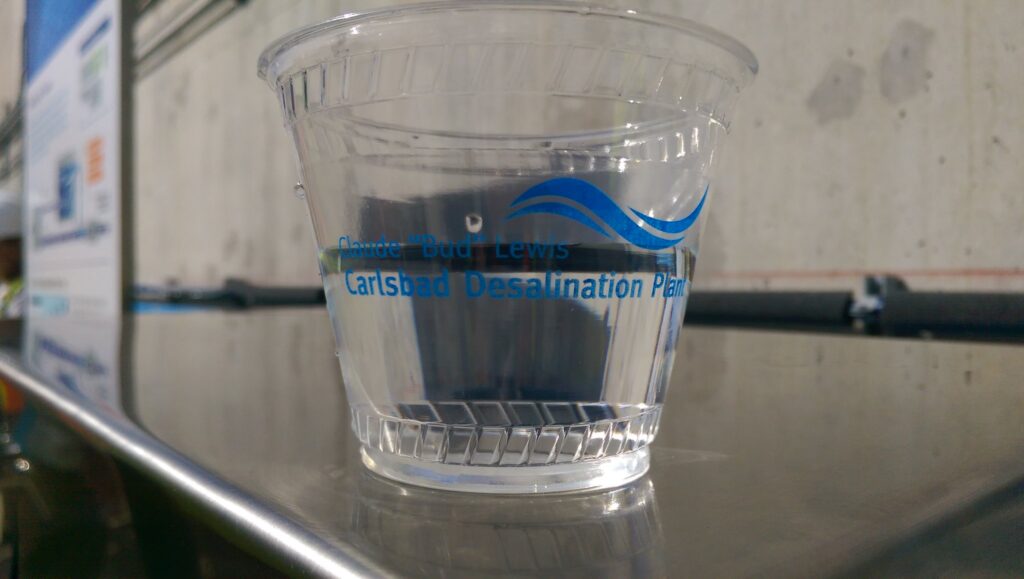
About two-thirds of humanity is affected by water shortages. In the developing world, many areas with water shortages also lack dependable sources of electricity. Given this situation, there is widespread research on using solar heat to desalinate seawater. To date, many approaches to this face problems with fouling of equipment with salt buildup. Tackling this issue has proven to add complexity and expense to solar desalination techniques.
A team of researchers from MIT and China has recently developed a solution to the problem of salt accumulation that is more efficient than previous methods and is less expensive as well.
Previous attempts at solar desalination have relied on some sort of wick to draw saline water through the device. These wicks are vulnerable to salt accumulation and are difficult to clean. The MIT-Chinese team has developed a wick-free system instead. It is a layered system with dark material at the top to absorb the sun’s heat, and then a thin layer of water that sits above a perforated layer of plastic material. That layer sits atop a deep reservoir of salty water such as a tank or pond. The researchers determined the optimal size for the holes in the perforated plastic.
The 2.5 millimeter holes are large enough to allow for convective circulation between the warmer upper layer of water above the perforated layer and the colder reservoir below. That circulation naturally draws the salt from the thin layer above down into the much larger body of water below.
The system utilizes low-cost, easy to use materials. The next step is to scale up the devices into a size that has practical applications. According to the team, just a one-square-meter system could provide a family’s daily needs for drinking water.
**********
Web Links
Solar-powered system offers a route to inexpensive desalination
Photo, posted February 13, 2017, courtesy of Jacob Vanderheyden via Flickr.
Earth Wise is a production of WAMC Northeast Public Radio.
Leave a Reply